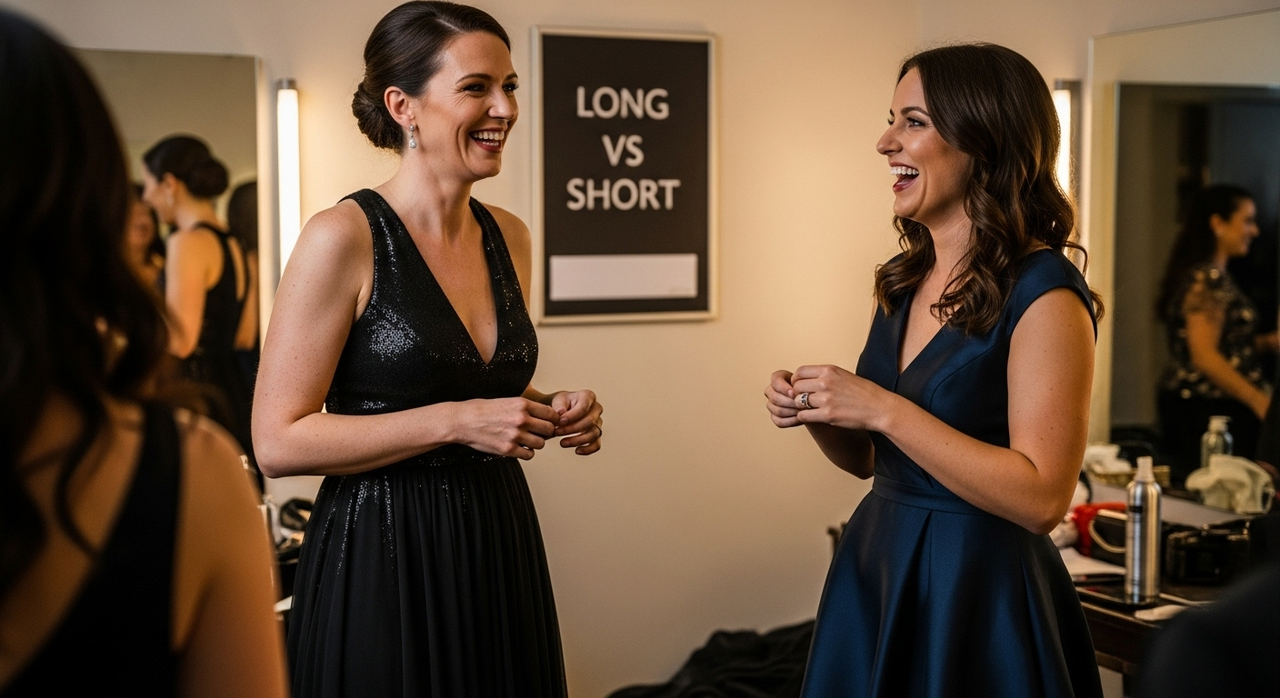Understanding Long vs Short Formal Dresses for Every Occasion
Understanding Long vs Short Formal Dresses for Every Occasion
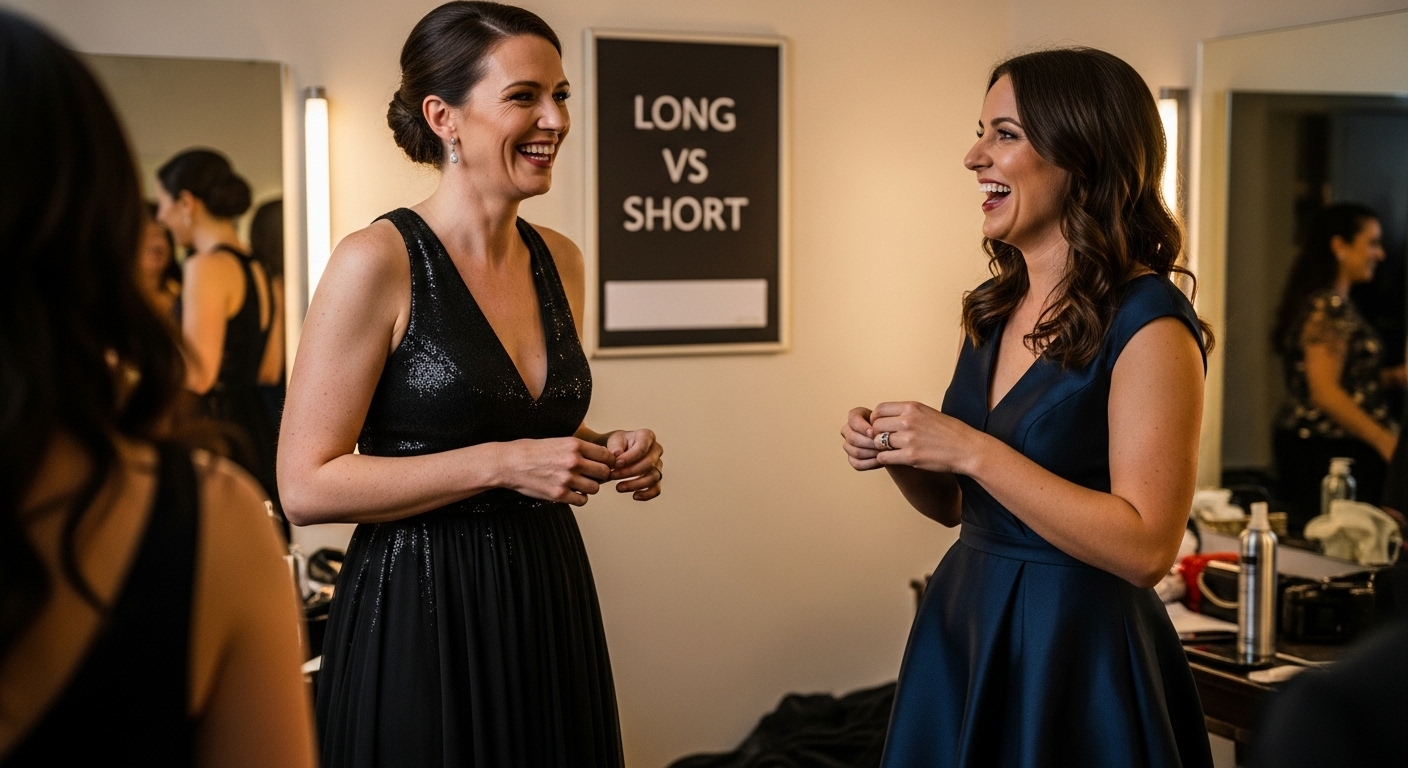
Formal dress length does more than change a silhouette. Long gowns have been tied to status, tradition, and even social freedoms for centuries. Most people think picking between a knee-length and a sweeping floor dress is just about looks. That misses the real story. The truth is every inch of fabric sends its own message and sometimes the shortest dress has the loudest voice in the room.
Table of Contents
- The Basics Of Formal Dress Lengths: Long Vs Short
- Why Length Matters: The Impact Of Dress Style On Occasions
- How To Choose The Right Formal Dress Length For You
- Fashion Trends: Long Vs Short Formal Dresses In Current Styles
- Cultural And Personal Significance Of Dress Length Choices
Quick Summary
| Takeaway | Explanation |
|---|---|
| Choose dress length by event formality. | Long dresses suit prestigious events, while short dresses are more versatile for various occasions. |
| Consider your body type for fit. | Different lengths flatter different body shapes, enhancing or minimizing features appropriately. |
| Select what makes you comfortable. | Confidence is key; choose a dress length that feels good and reflects your personal style. |
| Understand cultural meanings behind lengths. | Dress lengths communicate social norms and personal identity, influencing how you are perceived. |
| Stay updated on fashion trends. | Modern styles increasingly embrace hybrid designs, allowing for personal expression through varied lengths. |
The Basics of Formal Dress Lengths: Long vs Short
Understanding the nuances of formal dress lengths requires more than just aesthetic appreciation. Formal dresses represent a sophisticated language of style, where the length communicates social expectations, personal expression, and event appropriateness. When comparing long vs short formal dresses, multiple factors determine the right choice for any given occasion.
Understanding Dress Length Categories
Formal dress lengths traditionally fall into distinct categories that signal different levels of sophistication and event formality. Long formal dresses typically extend from the waist to the floor, creating an elegant silhouette that communicates classic glamour and refined style. These floor-length gowns are often associated with high-end events like black-tie galas, formal weddings, and prestigious award ceremonies.
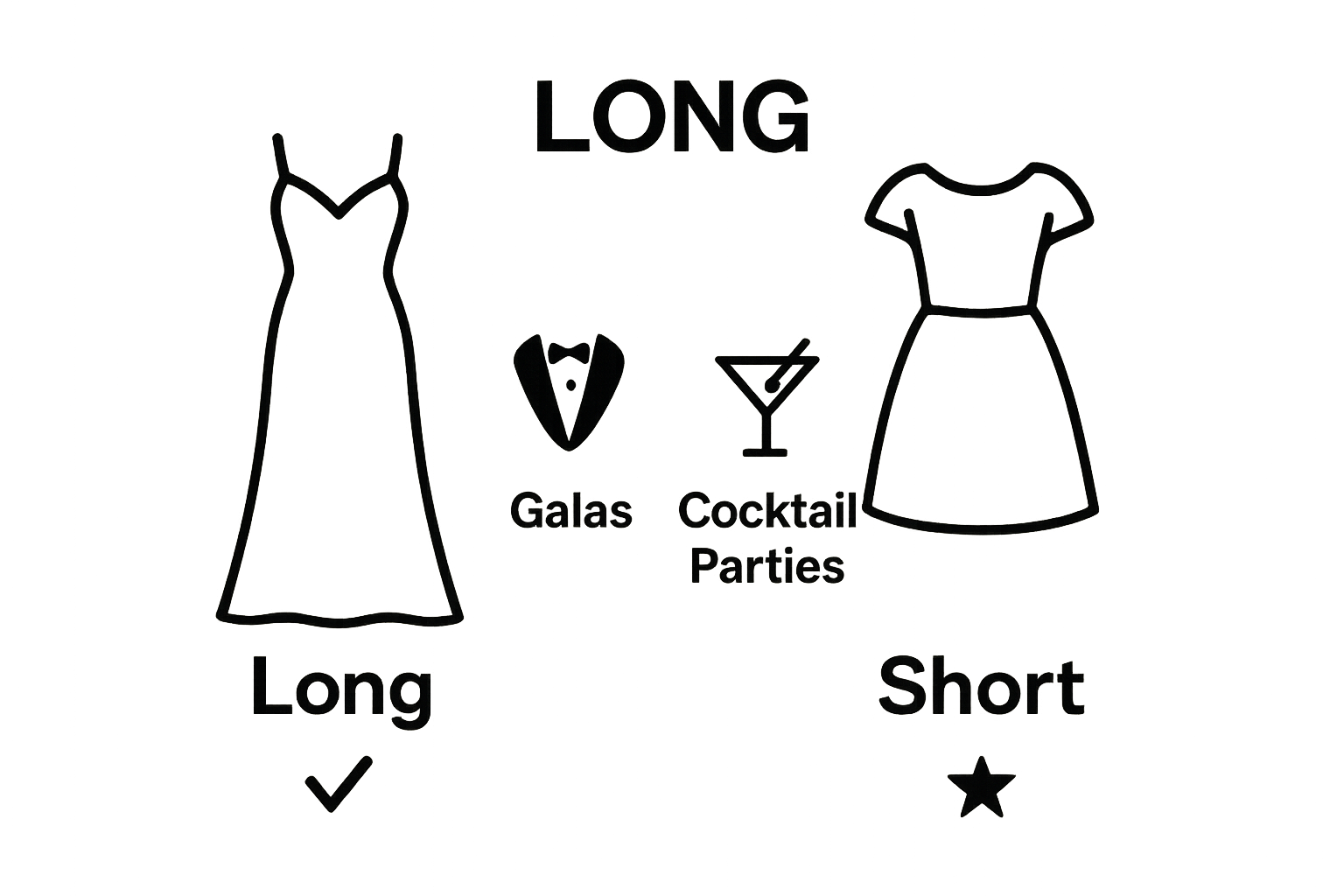
Short formal dresses, in contrast, range from knee-length to mid-thigh, offering a more contemporary and versatile approach to formal wear. According to Britannica’s Fashion Encyclopedia, dress lengths have historically represented social status and cultural norms, with shorter lengths symbolizing modern flexibility and personal freedom.
Key Considerations for Dress Length Selection
Choosing between long and short formal dresses involves several critical considerations:
- Event Formality: The more prestigious and traditional the event, the more likely a long dress becomes appropriate.
- Personal Body Type: Different dress lengths can accentuate or minimize specific body features.
- Comfort and Movement: Short dresses often provide greater mobility, while long dresses create a more dramatic visual impact.
While personal style plays a significant role, understanding the contextual appropriateness of dress length helps make confident fashion choices. Whether selecting a sweeping floor-length gown or a chic cocktail dress, the key is matching the dress length to the event’s specific requirements and your individual style preferences.
Below is a comparison table summarizing the key characteristics of long and short formal dresses as covered in the article to help readers quickly assess which style suits their event and personality.
| Feature | Long Formal Dresses | Short Formal Dresses |
|---|---|---|
| Typical Length | Floor-length, extends from waist to the floor | Knee-length to mid-thigh |
| Associated Events | Black-tie galas, formal weddings, award ceremonies | Cocktail parties, professional events, versatile occasions |
| Social Significance | Tradition, status, refined elegance | Modernity, personal freedom, versatility |
| Mobility | Less mobile, more dramatic visual impact | Greater mobility, energetic, easy movement |
| Body Types Favored | Suits tall, hourglass, apple-shaped figures | Great for petite, hourglass, athletic figures |
| Cultural Symbolism | Status, modesty, classic glamour | Flexibility, empowerment, contemporary style |
Why Length Matters: The Impact of Dress Style on Occasions
Dress length transcends mere fabric measurement. It serves as a powerful communication tool that signals social context, personal style, and event expectations. The strategic selection of dress length can transform an outfit from ordinary to extraordinary, making it a critical element in fashion decision making.
Social Signaling Through Dress Length
Every dress length communicates a specific social narrative. Long formal dresses represent tradition, elegance, and timeless sophistication. They create an immediate impression of formality and refined taste. In contrast, short formal dresses project modern sensibility, youthful energy, and contemporary fashion awareness.
According to Fashion Sociology Research, clothing length functions as a complex social language that communicates cultural norms, personal identity, and social expectations far beyond aesthetic appearance.
Event Specific Dress Length Expectations
Different occasions demand unique dress length protocols. Consider these critical dress length considerations:
- Weddings: Black-tie events typically require floor-length gowns
- Professional Conferences: Knee-length dresses demonstrate professional sophistication
- Cocktail Parties: Mid-length or shorter dresses offer more dynamic movement
Cultural and Personal Expression
Dress length selections reveal more than just fashion preferences. They represent personal narratives, cultural backgrounds, and individual comfort levels. A carefully chosen dress length can empower the wearer, boost confidence, and create a memorable visual statement that transcends simple clothing choices.
Understanding dress length nuances allows individuals to navigate complex social environments with grace, selecting garments that not only look stunning but also communicate precisely the right social message.
How to Choose the Right Formal Dress Length for You
Selecting the perfect formal dress length is an art form that balances personal style, body confidence, and event expectations. The right dress length can transform your entire appearance, making you feel empowered and visually stunning while ensuring you feel comfortable and appropriately dressed.
Understanding Your Body Proportions
Body proportions play a crucial role in determining the most flattering dress length. Different body types respond uniquely to various dress lengths, creating visual illusions that can either enhance or minimize specific features. Petite frames might benefit from knee-length dresses that create the illusion of height, while taller individuals can experiment with both long and short formal dress styles.
According to Body Image and Fashion Research, clothing choices significantly impact personal perception and confidence, making dress length selection more than just a fashion decision.
Matching Dress Length to Body Shape
Consider these strategic dress length recommendations based on body shape:
- Hourglass Figures: Can confidently wear both long and short dresses
- Pear-Shaped Bodies: A-line knee-length dresses often create the most flattering silhouette
- Apple-Shaped Frames: Empire waist long dresses can provide elegant proportion
- Athletic Builds: Dresses with defined waistlines help create feminine curves
Personal Comfort and Confidence
Beyond physical measurements, the ultimate dress length choice depends on personal comfort and confidence. Feeling good in what you wear matters more than strictly following fashion rules. Some individuals feel more empowered in floor-length gowns, while others prefer the mobility and contemporary feel of shorter formal dresses.
The key is selecting a dress length that not only complements your body but also reflects your personal style and makes you feel authentically beautiful. Experiment with different lengths, trust your instincts, and remember that confidence is the most attractive accessory you can wear.
This table organizes strategic dress length recommendations for different body shapes as discussed in the article, making it easy for readers to identify flattery options based on their own figure.
| Body Shape | Recommended Dress Length/Style | Flattering Features |
|---|---|---|
| Hourglass | Long or short dresses | Accentuates balanced proportions |
| Pear-Shaped | A-line, knee-length dresses | Skims hips, creates flattering silhouette |
| Apple-Shaped | Empire waist, long dresses | Elongates torso, balances midsection |
| Athletic | Short dresses with defined waistlines | Creates illusion of curves, highlights toned physique |
| Petite | Knee-length or above-the-knee dresses | Adds height, prevents overwhelming frame |
Fashion Trends: Long vs Short Formal Dresses in Current Styles
Formal dress styles continuously evolve, reflecting broader cultural shifts and individual expression. The ongoing dialogue between long and short formal dresses represents more than just aesthetic preferences. It embodies a dynamic conversation about personal style, societal expectations, and fashion innovation.
Runway and Red Carpet Influences
Contemporary fashion runways have embraced both long and short formal dress styles with equal enthusiasm. Designers are challenging traditional length restrictions, creating hybrid designs that blend elements of long and short dress aesthetics. According to Vogue Fashion Trends, recent collections demonstrate a remarkable flexibility in dress length, showcasing everything from micro-mini cocktail dresses to dramatic floor-sweeping gowns.
For those interested in exploring elegant long dress options, check out our curated collection of designer long dresses that capture the essence of contemporary formal wear.
Emerging Dress Length Trends
Current fashion trends reveal fascinating insights into dress length preferences:
- Asymmetrical Hemlines: Blending short and long dress elements
- Transformative Designs: Dresses with removable skirts or convertible lengths
- Sustainable Fashion: Versatile dress lengths that offer multiple styling options
Cultural and Personal Expression
Dress length has become a powerful medium of personal storytelling. Modern fashion enthusiasts are no longer confined to rigid traditional expectations. Short formal dresses communicate confidence and contemporary spirit, while long dresses continue to represent timeless elegance. The current trend celebrates individual interpretation, allowing people to choose dress lengths that genuinely reflect their personality and comfort.
The contemporary fashion landscape celebrates diversity, recognizing that the perfect dress length is ultimately a personal choice that transcends fleeting trends. Whether you prefer the sweeping drama of a floor-length gown or the vibrant energy of a shorter dress, the most important element is how the dress makes you feel.
Cultural and Personal Significance of Dress Length Choices
Dress length represents far more than a simple fashion choice. It functions as a powerful form of nonverbal communication, deeply rooted in cultural traditions, personal identity, and social dynamics. The selection of a dress length becomes an intricate dialogue between individual expression and societal expectations.
Historical and Cultural Contexts
Dress lengths have historically been a profound marker of social status, cultural identity, and personal autonomy. Different cultures and historical periods have used dress length as a nuanced language of communication. Victorian era long dresses signaled refinement and social standing, while mid-20th century shorter hemlines represented emerging feminist movements and personal liberation.
According to Anthropological Fashion Research, clothing length serves as a complex cultural text that communicates far more than aesthetic preferences.
Global Dress Length Perspectives
Various cultural contexts interpret dress lengths differently:
- Middle Eastern Cultures: Longer dress lengths often signify modesty and religious respect
- Western Fashion: Increasingly fluid dress length interpretations
- Asian Traditions: Intricate connections between dress length and social ceremonies
Personal Empowerment Through Dress Choice
Dress length selection is an act of personal agency. Modern individuals use dress length as a form of self-expression, challenging traditional norms and creating personal narratives. For some, a floor-length gown represents elegance and tradition. For others, a shorter dress embodies confidence and contemporary spirit.
Ultimately, dress length transcends mere fabric measurement. It becomes a powerful medium through which individuals negotiate their identity, challenge societal expectations, and celebrate personal authenticity. The most meaningful dress is one that makes the wearer feel genuinely confident and true to themselves.
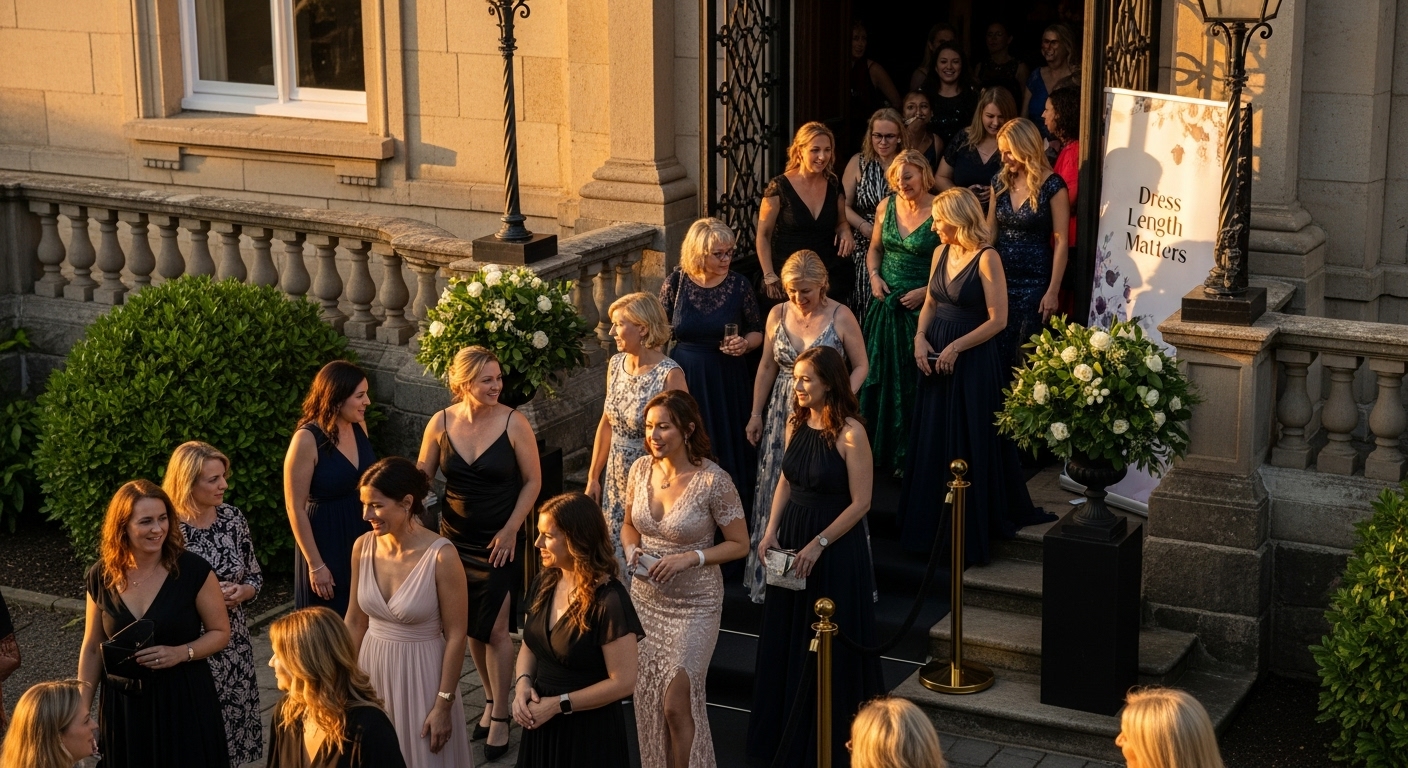
Discover Your Perfect Formal Dress Length with Dress Me Up NY
Do you ever worry about choosing the right formal dress length for your next big event? Deciding between long and short styles, matching your body type, and fitting in with the occasion can feel overwhelming. You want to express your personal style and confidence, but the pressure to select the perfect dress length can sometimes take the fun out of shopping. At Dress Me Up NY, we understand these challenges and specialize in helping you discover formal dresses that flatter your shape and suit your event—no compromises.
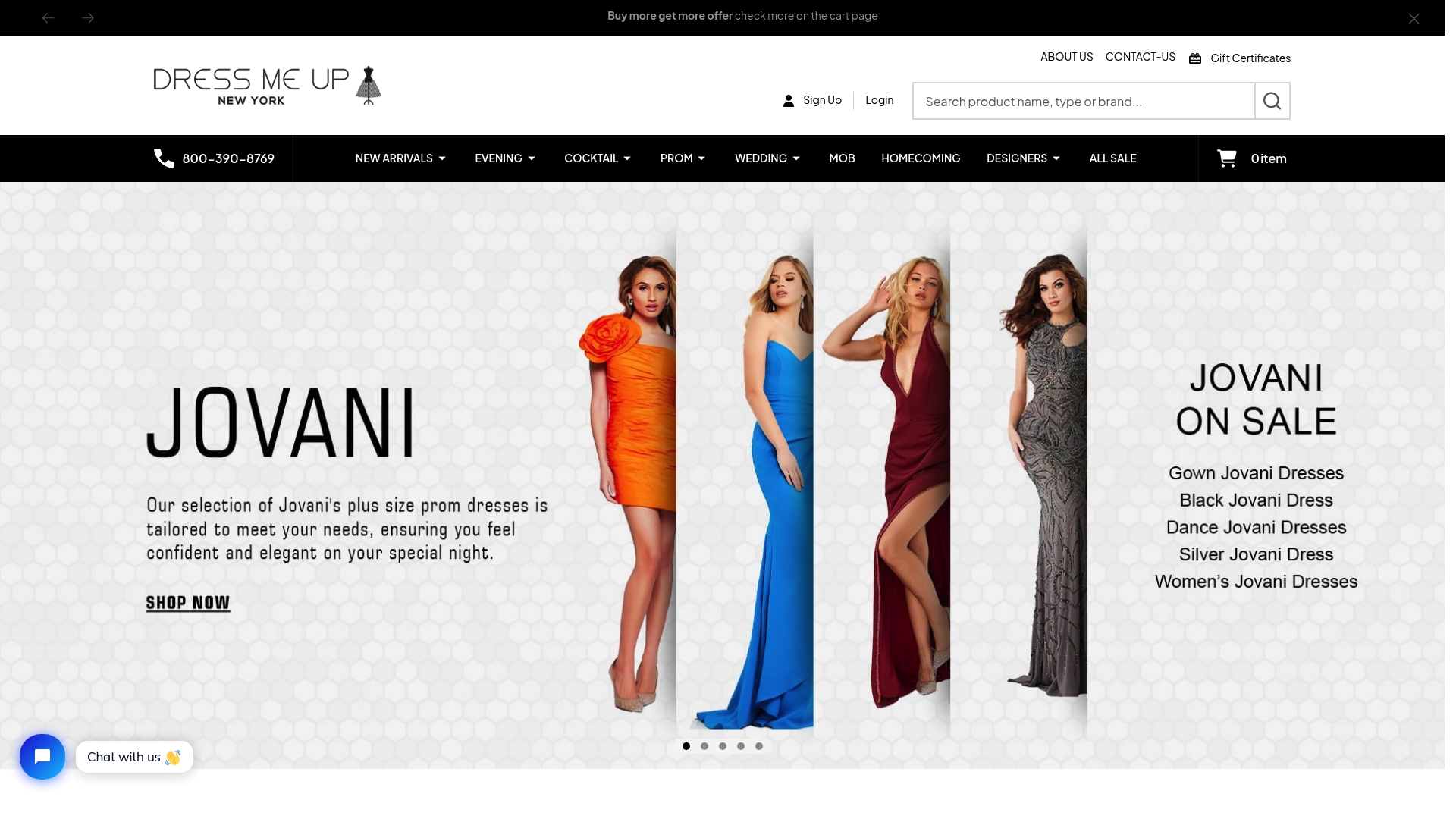
Why settle for uncertainty? Explore our designer long dresses collection for timeless elegance or browse modern styles on the main Dress Me Up NY site to give your look an instant boost. Feel empowered and make your next occasion unforgettable. Visit Dress Me Up NY now and shop with confidence before the latest arrivals are gone.
Frequently Asked Questions
What are the main differences between long and short formal dresses?
Long formal dresses typically extend to the floor and are associated with traditional elegance, while short formal dresses range from knee-length to mid-thigh and offer a more contemporary and versatile approach to formal wear.
When is it appropriate to wear a long formal dress?
Long formal dresses are ideal for high-end events such as black-tie galas, formal weddings, and prestigious award ceremonies, where traditional elegance is expected.
What body types are best suited for short formal dresses?
Short formal dresses tend to be flattering for a variety of body types, particularly for those with petite frames as they can create the illusion of height. Additionally, hourglass figures and athletic builds can also look great in short styles.
How does my personal style impact my choice between long and short formal dresses?
Your personal style plays a significant role in dress selection. Some individuals may feel empowered and confident in a floor-length gown, while others may prefer the mobility and modern feel of a shorter dress. Ultimately, comfort and confidence should drive your choice.
Recommended
- Princesa by Ariana Vara PR30173 CAPE Glitter Tulle Long Dress
- Jovani 02083 Crystal Embroidered Off-Shoulder Long Dress
- Jovani JVN06127 One Shoulder Lace Sheath Sequins Long Gown
- Dave and Johnny 10438 Ivory Bridal Dress

